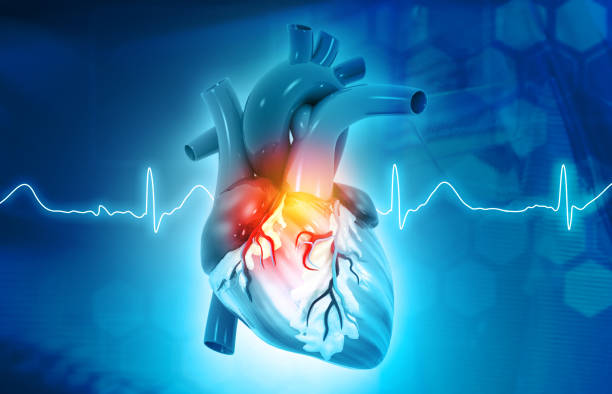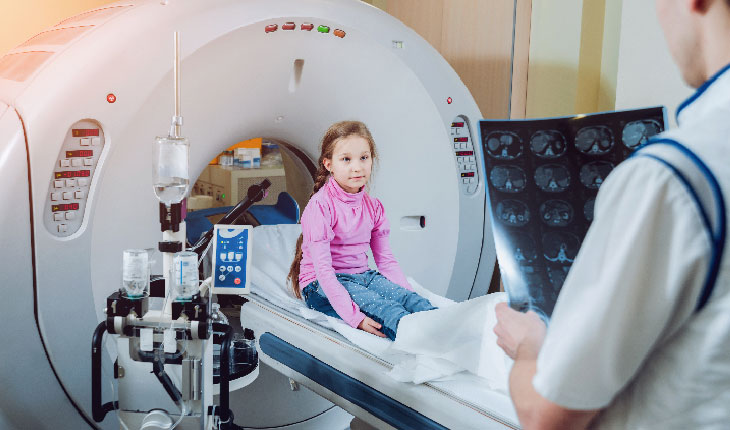
When would I need a cardiologist?
If a person has symptoms of a heart condition, their physician may refer them to a cardiologist.
Symptoms that can indicate a heart problem include:
- shortness of breath
- dizziness
- chest pains
- changes in heart rate or rhythm
- high blood pressure
Heart diseases that a cardiologist can help with include:
- atherosclerosis
- atrial fibrillation
- arrhythmias
- congenital heart disease
- coronary heart disease
- congestive heart disease
- high blood cholesterol and triglycerides
- hypertension
- pericarditis
- ventricular tachycardia
- high blood pressure, or hypertension
Tests
They may also carry out or order tests as listed below:
Electrocardiogram (ECG or EKG): this records the electrical activity of the heart.
Ambulatory ECG:this records heart rhythms while the person carries out exercise or their regular activities. Small metal electrodes are stuck on to the chest, and these are connected by wires to a Holter monitor, which records the rhythms.
An exercise test, or stress test:this shows the changes of heart rhythm when resting and exercising. It measures the performance and limitations of the heart.
Echocardiogram:this provides an ultrasound picture that shows the structure of the heart chambers and surrounding areas, and it can show how well the heart is working.
Echocardiography can measure how well the heart is pumping blood, known as cardiac output. It can detect inflammation around the heart, known as pericarditis. It can also identify structural abnormalities or infections of the heart valves.
Cardiac catheterization:a small tube in or near the heart collects data and may help relieve a blockage. It can take pictures and check the functioning of the heart and the electrical system. Catheter-based techniques with fluoroscopy can be used to treat congenital cardiac, valvular, and coronary artery diseases.
Nuclear cardiology: nuclear imaging techniques use radioactive materials to study cardiovascular disorders and diseases in a noninvasive way.
Examples are infarction imaging, single-photon-emission computed tomography (SPECT), planar imaging, and myocardial perfusion imaging.
Cardiac electrophysiology
Cardiac electrophysiology is a subspecialty of cardiology. The physician looks at how electric currents inside the heart muscle tissue work, how the current spreads, and what the pattern of the currents mean.

Electrophysiology study (EPS) of the heart: in this test, a catheter is threaded into a vein at the top of the leg. Guided under fluoroscopy, it makes its way to the heart. The catheter measures the electrical signals within the heart.
An EPS of the heart can:
- help to show what is causing symptoms
- help decide if a patient needs a pacemaker
- help decide the best treatment for patients with arrhythmia, or abnormal heart rhythm
- determine how likely a patient is to experience tachycardia or an accelerated heart beat
A cardiac electrophysiologist can provide treatment for abnormal rhythms including cardiac ablation, implantable cardioverter defibrillators, or pacemakers.